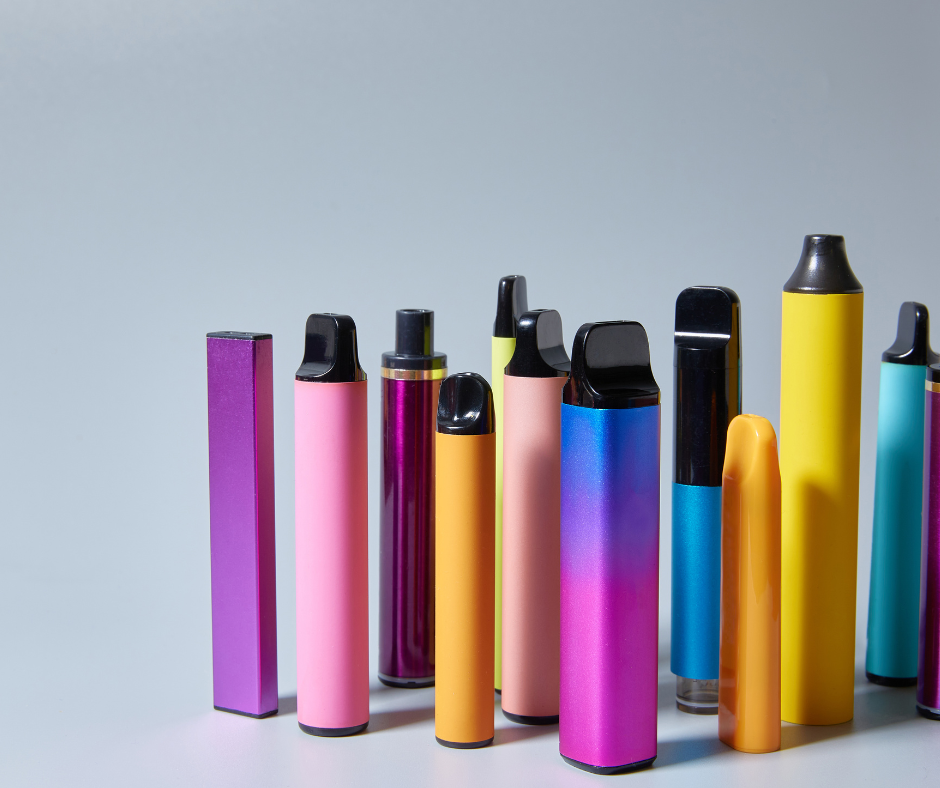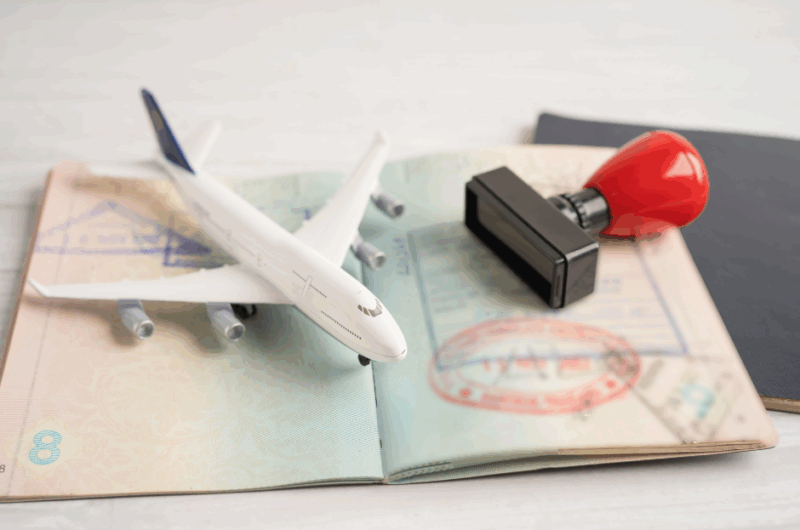Vaping in yachting has quietly become one of the more common topics in crew conversations this year. It’s cropped up in interviews, chats with captains and HODs, and even in management meetings. It’s no longer a fringe habit. It is mainstream on virtually every yacht, with even complete non-smokers adopting it, and it’s creating a few practical questions that owners and captains can’t keep ignoring.
This isn’t about personal choice. It’s about professionalism, safety, and consistency onboard. Some yachts don’t have a clear position on vaping, which leads to confusion and friction.
Why it’s becoming a talking point
Crew see vaping as a cleaner, more convenient alternative to smoking. No ash, no smell (allegedly) and convenience. But the reality onboard is a bit different:
- Battery safety – Cheap chargers, overused batteries and devices left plugged in are a genuine fire risk. We’ve heard this first-hand. The disposable, rechargeable vapes are mass-produced in China and are very questionable quality.
- Crew fairness – Different rules for smokers and vapers create resentment on board. So, if the rules are applied inconsistently, then it can become a real issue.
- Accessible – As vaping is so accessible, crew are much more likely to surreptitiously vape in situations and locations where they wouldn’t dream of smoking. Vaping is just as addictive as smoking, but the nature of it means bending the rules is much easier.
- Productivity – Leading on from above, vapers are likely to step away from work for a quick vape. It’s much easier for a vaper to step on deck for 30 seconds than it would be for a smoker who has to go to the dock, smoke a cigarette and dispose of it. Those quick breaks kill concentration and ultimately getting stuff done.
- Guest perception – Most guests don’t want to smell some synthetic bubblegum or weird and wonderful fruit flavour on board. This doesn’t exactly exude luxury.
- Residue and odour – Should crew be vaping in their cabins, even without smoke, some liquids leave a lingering scent or film, especially around air vents. On a multimillion-euro interior, that’s an issue.
It’s not about demonising vaping, but it’s about managing it sensibly, like everything else onboard.
What crew and captains are saying
From the conversations we’ve had, there’s a clear split. Many crew say vaping helps them manage stress and keeps them off cigarettes. On the flip side, there’s many captains, yacht managers and owners that view vaping in yachting as a negative for the reasons discussed above.
So, the question isn’t if vaping in yachting should be allowed, it’s how it should be managed.
A practical approach that works
Here’s some guidelines that may help to control vaping on board:
1. Write a simple policy (and make it clear from day one)
Spell it out: where vaping is allowed, what devices are approved, how batteries are stored, and what happens if rules are broken. New crew should get the policy during onboarding. It doesn’t need to be pages long, just clear and enforced.
2. Designate vaping zones
Treat it like smoking. Exterior-only, away from guest areas and air intakes. That sounds obvious but we’ve had multiple reports recently of crew vaping in the interior of the yacht. Make vaping in the interior or in cabins a gross misconduct offence and sack anyone who falls foul of it. The key is to avoid “grey zones” where people start pushing boundaries.
3. Standardise device safety
- Only allow legitimate, sealed devices.
- No disposable rechargeable vapes or homemade / modified kits – though this is easier said than done as crew belongings aren’t usually scrutinised to this level.
- Provide a central charging area in a communal space. If feasible, it may be worth considering battery storage boxes.
- Prohibit overnight charging or use of cheap cables.
A small tweak like this drastically reduces risk and shows the yacht takes safety seriously.
4. Keep communication open
Encourage crew to flag issues early such as lingering smell, spills, or battery faults. It’s not about catching anyone out; it’s about maintaining standards and avoiding damage or incidents.
5. Review the policy seasonally
What works on one yacht or with one team might not work for another. After a season, gather feedback, review complaints or incidents, and adjust. A short, structured review keeps things professional and relevant.
What not to do
Two common mistakes we’ve seen:
- Total bans without explanation – This usually drives vaping underground, with people sneaking hits in cabins or behind bulkheads. That’s when the risks multiply.
- No policy at all – Equally risky. It leads to unsafe practice and further issues on board.
The goal is balance: control without being draconian.
Beyond rules: Setting the right culture
At the end of the day, this is about culture. If crew feel trusted and the yacht sets a clear expectation, compliance follows naturally. The opposite is also true, unclear rules breed friction and resentment.
Captains who tackle the topic early, communicate the rationale, and enforce consistently tend to see the best results. The crew respect it because it’s fair and professional.
Looking ahead
We’re going to see more formal policies and possibly regulation in this space. It’s only a matter of time before there is a boat fire due to a vape. Getting ahead of it now protects both crew and assets.
If you’re unsure where to start, consider drafting a simple vaping policy that reflects your yacht’s culture and operational realities.
The bottom line? Vaping in yachting isn’t going anywhere. But how we manage it will define whether it stays a small habit or becomes a big problem.




